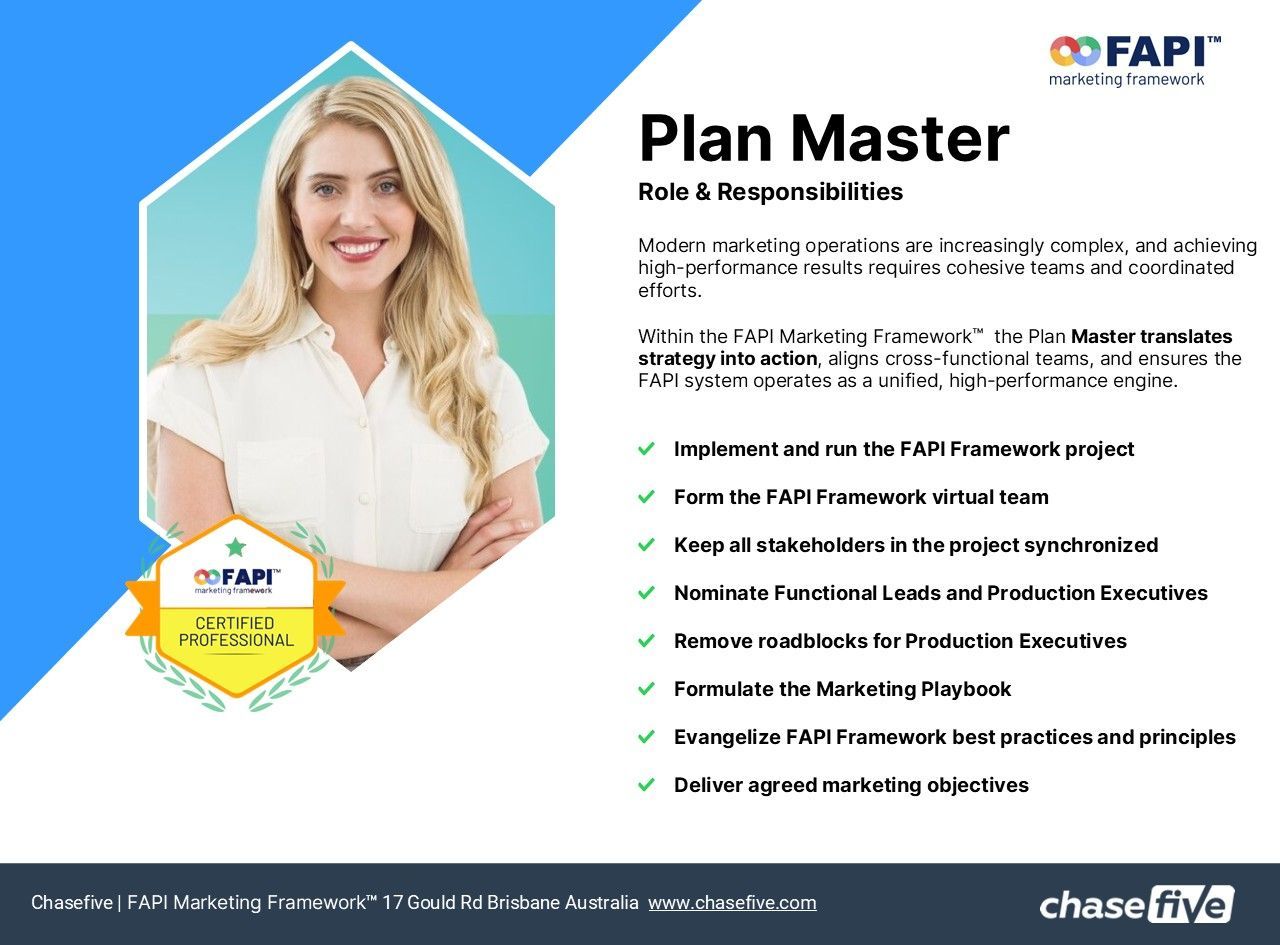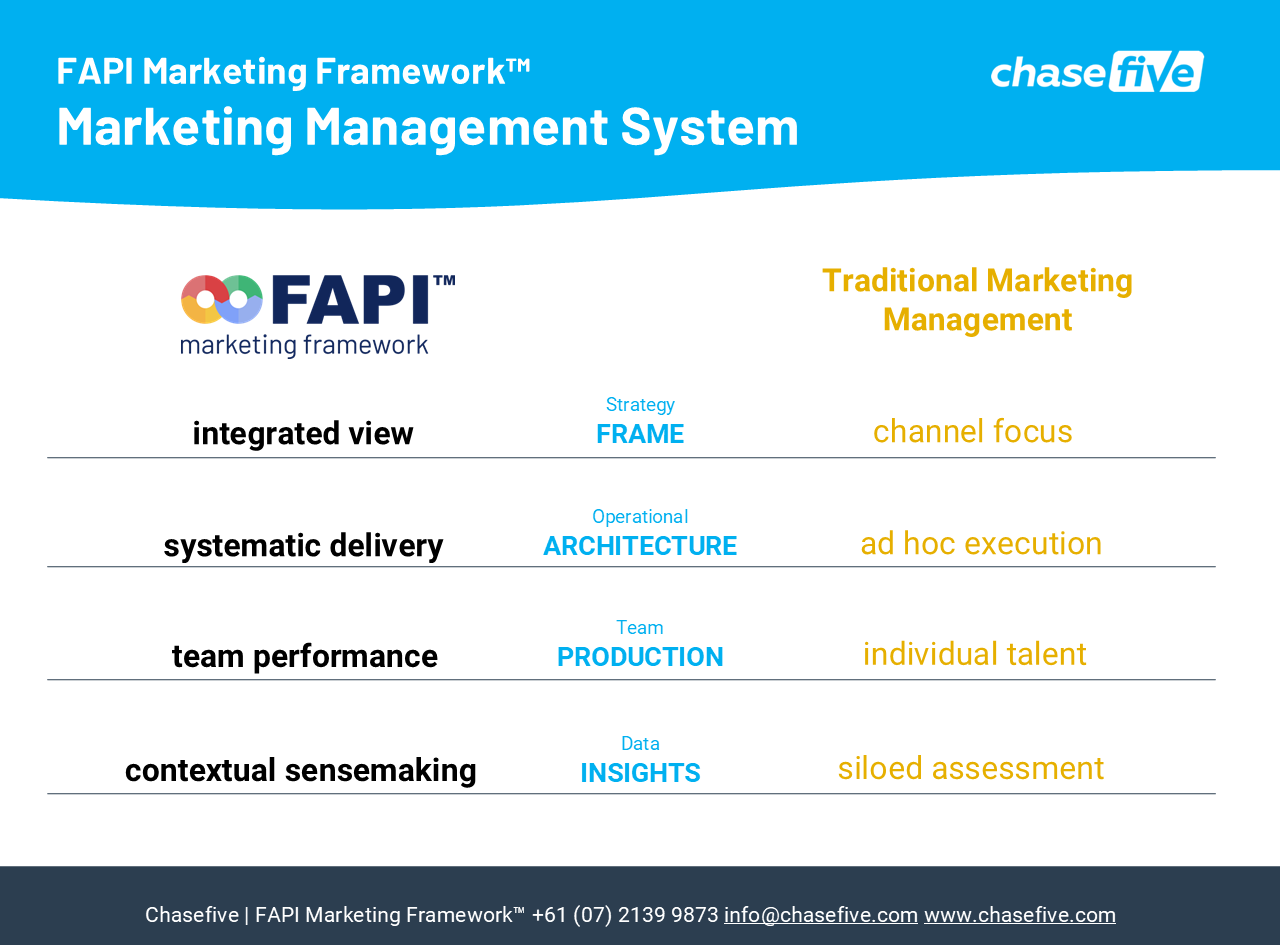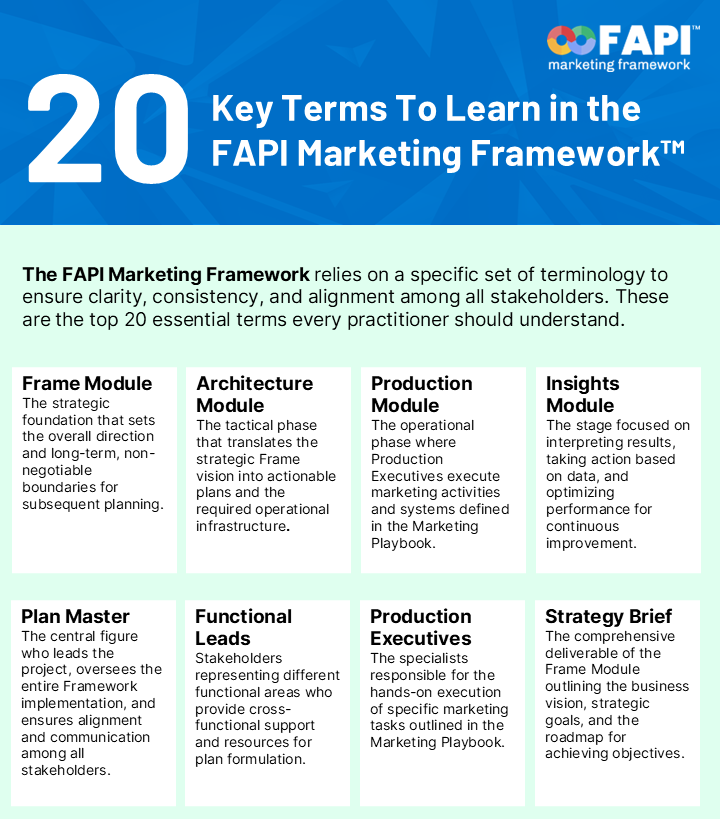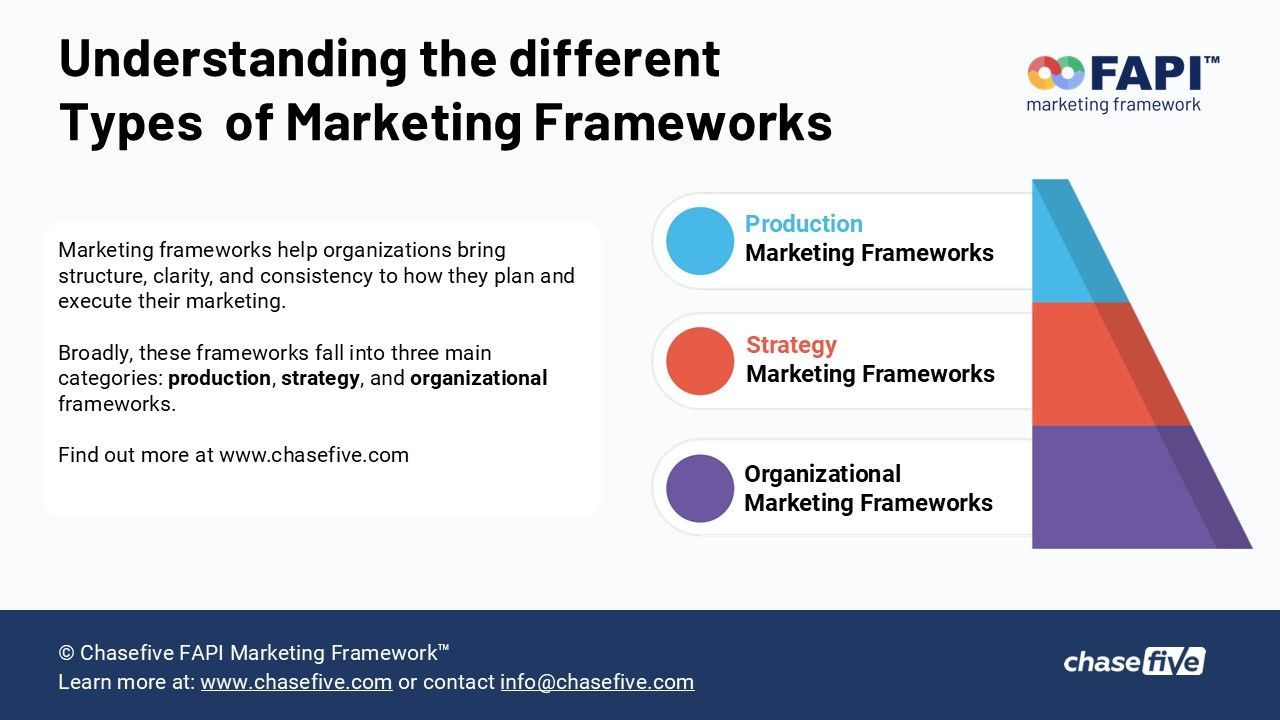The impact of AI on marketing production and the transformation of marketing roles & structures
To understand how AI is likely to affect the organization of marketing functions, it is helpful to briefly review the evolution of marketing teams over time.
The pre-2000s was an era of marketing generalists working closely with a limited number of vendors and channels to control end-to-end production. Their main focus was on core marketing direction, communication and branding, with little emphasis on specialized technical skills. The marketing generalist concentrated on executing a unified marketing direction. While this approach created a coherent and streamlined marketing execution, it was not scalable.
This may seem like a excessive detour but bear with me as we watch the curve of the marketing generalist unfold.
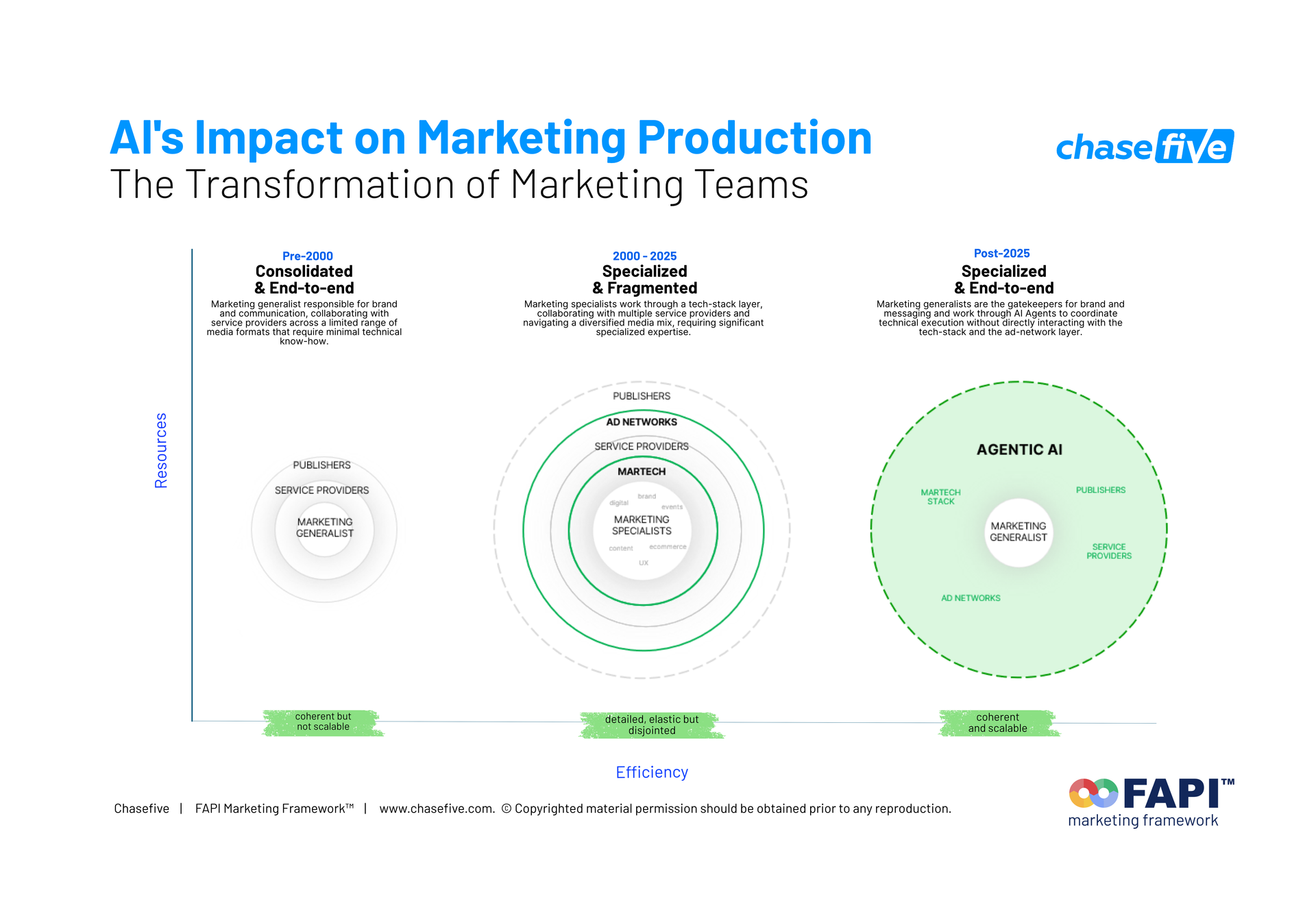
Between 2000 and 2025, specialists emerged and dominated the marketing execution process in diverse areas of marketing production, each navigating a technical ecosystem of SaaS platforms, ad networks, and niche service providers. This structure, to be executed efficiently, required complex project coordination across a multi-layered structure to be executed cohesively and at scale.
The problem with the tech-heavy setup was that, while it was scalable and allowed for detailed execution, it often ended up disjointed and fragmented. During this phase, marketing generalists lost some control over production due to the high-friction process of negotiating technical execution with service and technology providers, which gave them limited influence over the process.
Marketing generalists to control production (again)
The introduction of AI agents signals a potential shift back toward a more consolidated approach to marketing execution, blending the strategic versatility of the marketing generalist with the specialized capabilities of digital marketing. This evolution could redefine the role of the marketing generalist, empowering them to focus on core strategic direction while leveraging AI agents to navigate the complexities of martech and adtech with greater efficiency.
By simplifying technical execution, AI agents would provide marketing teams with enhanced control, enabling them to concentrate on their primary mission: crafting and delivering compelling messages on time and with precision. This approach promises a unified and cohesive marketing strategy bolstered by the ability to scale in a frictionless process through AI-driven support.
Whether this promise will be fulfilled remains to be seen, but we may not have to wait long for answers, and the early indications are encouraging. The other key factor to watch is the influence of AI on user behavior abnd business models, as it could profoundly shape internal marketing structures.
In this rapidly evolving landscape, marketing professionals must stay alert and adaptive, as significant developments are likely just around the corner.
